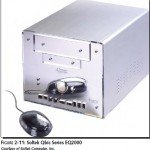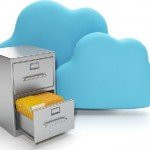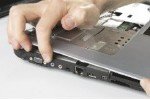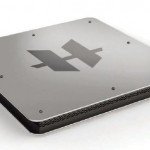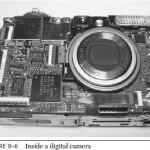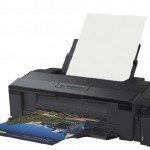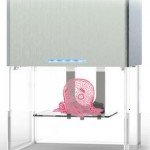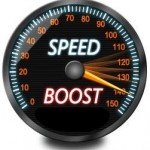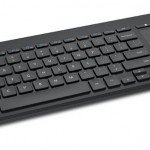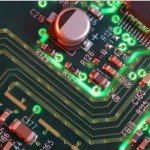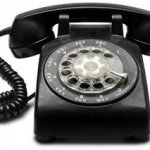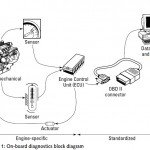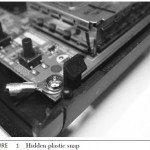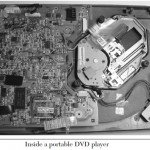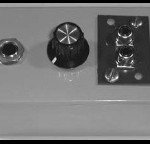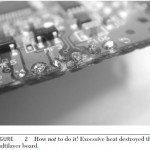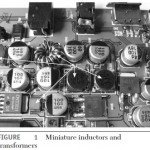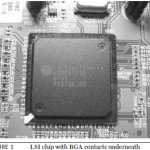Sensor and Alerts For Fish Tank Monitor
Figure 1 shows the block diagram for the fish tank monitor. The design includes sensors for key parameters, including temperature, pH, and salinity (which we plan to measure using a conductivity sensor). The challenge in the design is (aside from finding the sensors themselves) to interface these three sensors to a PC.
We assume you won’t want to locate a PC immediately next to the monitored system, and won’t want to run cables across your house from the tank to the PC. We’re still looking for affordable wireless equipment that will extend an RS-232 serial port, and don’t have the option of simply monitoring thresholds, so for this design we decided the sensors and interface would have to run autonomously, recording data that periodically gets downloaded to the PC and analyzed. A sensor interface that operates that way is called a data logger. Searching Google for “data logger” (in quotes) and windows lists lots of them, including several you can set up with the sensor suite in Figure 1.
The overall system, then, has a real-time component and an analysis component. The real-time component reads sensor values at regular intervals and records them in memory.When you’re ready to run an analysis, you move the data logger to the PC, read out the values and analyze them, then hook the data logger back up to the sensors.
The idea behind using a conductivity sensor to measure salinity is that increasing salt levels makes water more conductive. Ocean sea water salinity (total dissolved salts per parts of water) averages about 35 parts per 1,000, varying between 34 and 36. Aquarium salinity is also expressed as the specific gravity of water, typically ranging from 1.020 to 1.023. Check the requirements for the fish you’ll keep, because some want the salinity as low as 1.018, while others want it as high as 1.027. The relationship between specific gravity and salinity is temperature dependent.
Finally, the last step is build your own fish tank monitor from kits.



